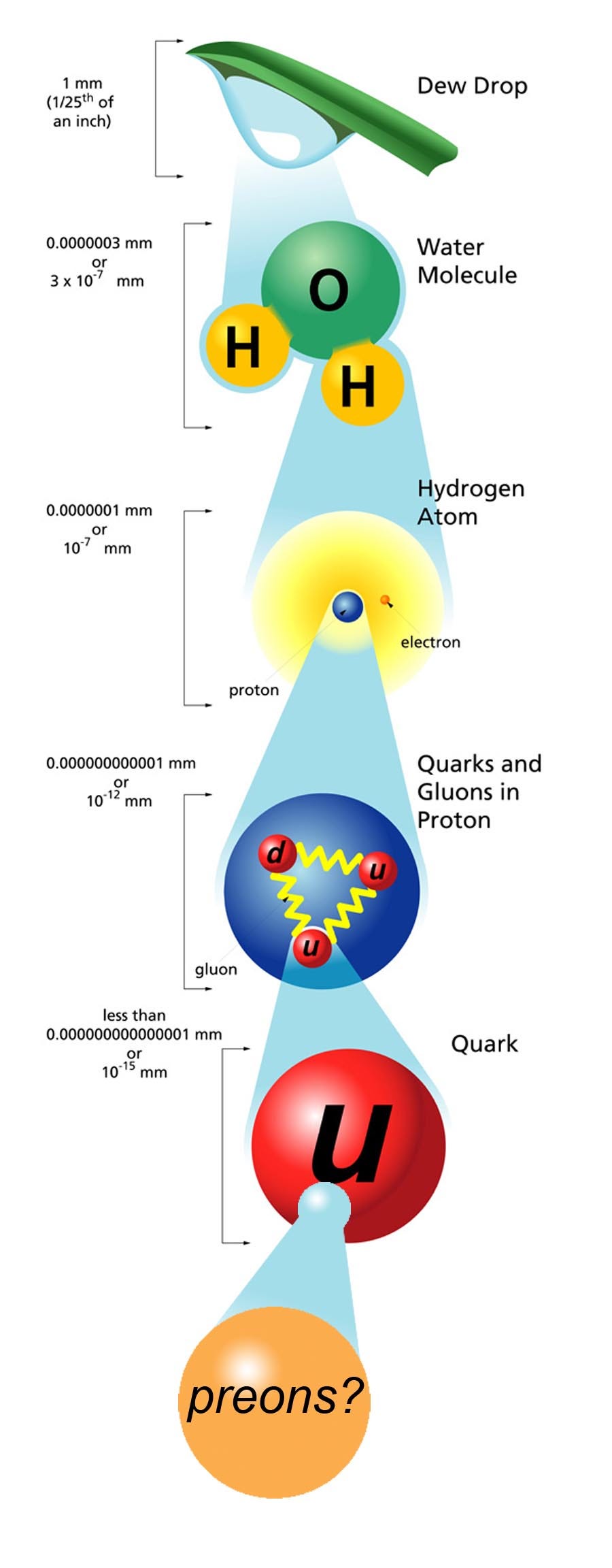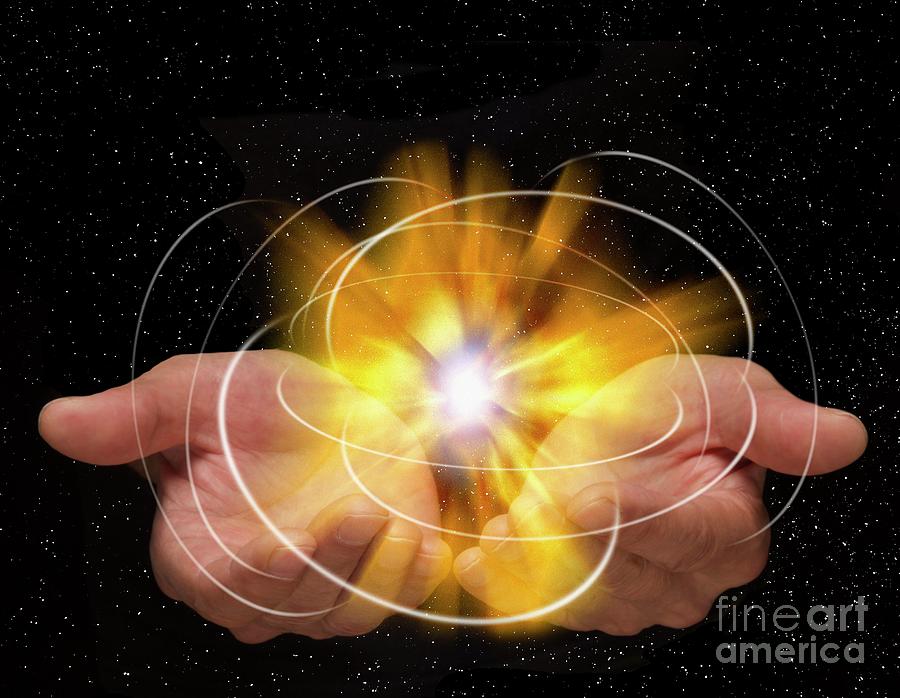

(Image: ATLAS Experiment/CERN)įrom decades of discoveries made at particle colliders, we know that protons are composed of quarks bound together by gluons. Watch: Explainer video on elementary particles, from the Jefferson Lab.The mass distribution from events with two high-energy jets.


When the Higgs was finally spotted, in 2012, physicists rejoiced, but the results have also left them in a difficult spot. Hunting for the Higgs was a major endeavor for scientists striving to complete their catalog of the Standard Model. (Image credit: Lucas Taylor/CMS) The elusive Higgs bosonįinally, there is the Higgs boson, the king of the elementary particles, which is responsible for giving all other particles their mass. The tracks of the muons are shown in yellow. The Higgs boson quickly decays into four muons, which are a type of heavy electron that is not absorbed by the detector. Simulation showing the production of the Higgs boson in the collision of two protons at the Large Hadron Collider. So far, the LHC has seen no evidence of gravitons or extra dimensions.

If gravitons exist, it might be possible to create them at the Large Hadron Collider (LHC) in Geneva, Switzerland, but they would rapidly disappear into extra dimensions, leaving behind an empty zone where they would have been, according to CERN. It isn't incorporated into the Standard Model, though physicists suspect that it could have an associated fundamental particle, which would be called the graviton. Neutrinos, which only feel the weak force and gravity, interact with these bosons, and so physicists were able to first provide evidence for their existence using neutrinos, according to CERN. The weak force, which mediates certain nuclear reactions, is carried by two fundamental particles, the W and Z bosons. Gluons carry the strong nuclear force and reside with quarks inside of protons and neutrons. Photons are the most well-known they carry the electromagnetic force. Each of these has an associated fundamental particle. Then there are the four fundamental forces of nature: electromagnetism, gravity, and the strong and weak nuclear forces. (Image credit: udaix/Shutterstock) Nature's fundamental particles The top quark was so hard to produce because it's about 100 trillion times heavier than up quarks, meaning it required a lot more energy to make in particle accelerators.Ī diagram shows how quarks usually fit into our understanding of tiny particles. Searching for it had been as intense as the later hunt for the Higgs boson. Because more-massive particles tend to decay into less massive ones, the up and down quarks are also the most common in the universe therefore, protons and neutrons make up most of the matter we know.īy 1977, physicists had isolated five of the six quarks in the lab - up, down, strange, charm and bottom - but it wasn't until 1995 that researchers at Fermilab National Accelerator Laboratory in Illinois found the final quark, the top quark. The up and down quarks are the lightest varieties. Protons are made from two up quarks and a down quark, while neutrons are composed of two downs and an up. Residing inside protons and neutrons are tiny particles called quarks, which come in six possible types or flavors: up, down, strange, charm, bottom and top. In 1964, physicists Murray Gell-Mann and George Zweig independently proposed a model that could explain the inner workings of protons, neutrons and the rest of the particle zoo, according to a historical report from SLAC National Accelerator Laboratory in California. Then, throughout the 1950s and '60s, particle accelerators kept revealing a bevy of exotic subatomic particles, such as pions and kaons. Once upon a time, scientists believed that atoms were the smallest possible objects the word comes from the Greek "atomos," meaning "indivisible." Around the turn of the 20th century, atomic nuclei were shown to consist of protons and neutrons.


 0 kommentar(er)
0 kommentar(er)
